Chemical Recycling Sustainability BOPE Film Bioplastics Plastic Waste Pyrolysis Nitric Acid Pigment 27-11-2021 - Arhive
Chemical Recycling Sustainability BOPE Film Bioplastics Plastic Waste Pyrolysis Nitric Acid Pigment
-Lummus and Phigenesis to Develop Chemical Recycling Plant
Lummus Technology, through its green circle subsidiary has announced that it has finalised a Letter of Intent (LOI) with Phigenesis, a UK-based company established to deliver ISCC+ certified renewable chemical feedstock for use in existing petrochemical plants to manufacture virgin grade plastics, suitable for all grades of application.
Phigenesis will deploy the Lummus new hope plastics pyrolyisis technology for a new chemical recycling facility with a capacity of 150,000 tons per year. This will be the first license of the proven chemical recycling technology in Europe, and at this scale, the first project will significantly increase the current European chemical recycling capacity.
“Lummus has tremendous focus on providing innovative solutions to the marketplace that promote the global energy transition. Our technology for advanced chemical recycling of plastic waste is just one of the many pathways we are deploying to support this global effort,” says Leon de Bruyn, President and Chief Executive Officer of Lummus Technology. He adds, “We are extremely proud to support Phigenesis’ overall plan to deliver these units to the European market and thus to make a significant contribution to eliminate plastic waste.”
“Phigenesis is committed to delivering meaningful volume contributions to the circular and low emission economy, using significant quantities of otherwise unrecycled and incinerated waste plastics to produce feedstock for petrochemical facilities to make plastics, displacing virgin materials” says Chris Moore, Chief Executive Officer, Phigenesis.

-Alpla issues sustainability report
Packaging company makes note of its high-volume plastic recycling investments.
Austria-based packaging producer and recycler Alpla has issued its fourth sustainability report, which indicates the company’s own recycling plants around the world (some of them joint ventures) take in nearly 300,000 metric tons of plastic scrap annually.
In its section on circular economy efforts, Alpla says championing closed loops and greater awareness of plastic as a recyclable material have “been an important part of Alpla’s sustainability strategy for many years.”
The firm says polyethylene terephthalate (PET) regrind material from its plants in Austria and Poland causes up to 90 percent fewer greenhouse gas (GHG) emissions compared with using virgin material. “With input of around 206,000 metric tons of PET and approximately 88,000 metric tons of high-density polyethylene (HDPE), Alpla’s own recycling plants and joint ventures around the world are, in total, contributing significantly to the use of recycled plastics in production,” states the company.
Alpla also says it is using “cutting-edge technologies” to increase the proportion of electricity from renewable sources it uses. “Globally speaking, we were already covering 28 percent of our electrical energy consumption with electricity from renewable sources in 2020, compared with 18 percent in 2019,” says Martin Stark, Alpla’s director of corporate plant engineering.
Alpla CEO Philipp Lehner says, “I believe that Alpla as a company has a responsibility towards society to guarantee secure, affordable and sustainable supplies for the global population in the future, too. At the same time, with a carbon footprint which is usually lower than that of alternative packaging solutions, plastic makes an important contribution to climate protection.”
The company has been active on the recycling front beyond Europe, having recently invested in Mexico and South Africa.
Chemical Recycling Sustainability BOPE Film Bioplastics Plastic Waste Pyrolysis Nitric Acid Pigment
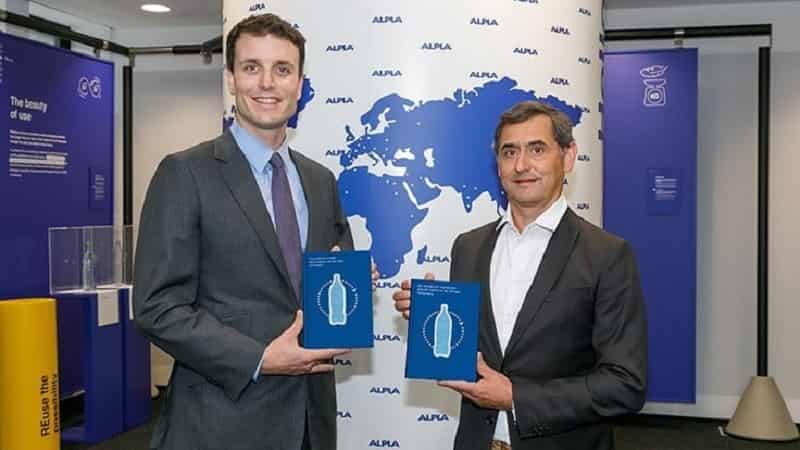
-Jindal installs additional BOPE line in Italy
Jindal Films Europe has added a new BOPE production line at the Brindisi plant to expand its production capacity by a further 50,000 MT and focus on sustainable and recyclable packaging as part of its Horizon project.
This additionally produced volume will be mainly dedicated to Jindal’s new innovative BOPE specialty film grades, including matt, sealable, coated, metalized, and Alox films. The new film developments will be focusing on fully sustainable and recyclable packaging and strongly support the circular economy.
Moreover, this high-efficiency program will also include solar power and an expansion of the current trigeneration energy systems. This will further improve the C02 footprint of the Brindisi operations.
On top of that, all these initiatives will also benefit from the close cooperation with Apulia Region Universities and the Italian Research Center based in Brindisi.
According to Jindal, the Brindisi site, with a new total capacity of 130,000 MT, will become the biggest plant in Europe for BOPE and BOPP films manufacturing.
‘We are fully committed to supporting all our customers in meeting their sustainability and recyclability objectives for packaging materials.
Chemical Recycling Sustainability BOPE Film Bioplastics Plastic Waste Pyrolysis Nitric Acid Pigment
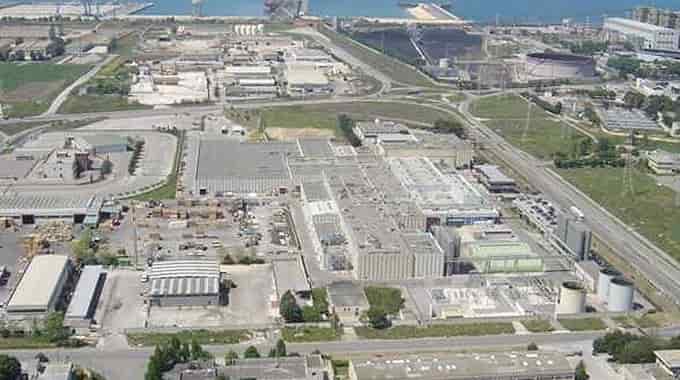
-New report suggests ‘upward trajectory’ for bioplastics and chemical recycling innovation
Intellectual property firm Appleyard Lees has released this year’s ‘Inside Green Innovation: Progress Report 2021’, which, based on the analysis of patent activity worldwide, appears to show a renewed interest in the development of bioplastics and chemical recycling technologies.
Appleyard Lees says that it chose the topics of the report – including bioplastics, which the report counts as biodegradable polymers – based on relevance to global conversations relating to sustainability, including the Sustainable Development Goals and the World Intellectual Property Organization (WIPO) Green Innovation Database.
The report methodology involves patent filing analytics, industry assessments, and Appleyard Lees’ experience as patent attorneys. Focusing particularly on ‘green’ innovation, the analysis attempts to exclude patents filed for other or additional reasons, such as country-specific tax benefits, and instead emphasises trends and points of interest.. Chemical Recycling Sustainability BOPE Film Bioplastics Plastic Waste Pyrolysis Nitric Acid Pigment
For global patent activity in the field of bioplastics development, innovation appeared to peak in 2003, followed by a relative decline in activity. However, more recent data on patent filings supports a renewed focus on bioplastics and, while Appleyard Lees notes that a complete dataset for 2020 will not be available until mid-2022, the number of to-date patent applications in 2020 supports this growth in activity.
Between 1989 and 2003, patent activity in Japan was the highest in the world, placing the country as the centre of innovation in bioplastics technology. The number of patent filings in Japan has since dropped “significantly”, with previously leading companies like Toray Industries and Unitika Corporation falling behind in the last twenty years.
On this note, Japan – along with Europe and South Korea – seems to be driving the current trend of rising patent filing activity. BASF, a German-based company, and Korea’s LG Chemical currently lead in patent activity outside of Japan. The European Patent Office’s recent report on plastic recycling and bioplastics similarly suggests that patent activity is focused in Europe, as well as the US.
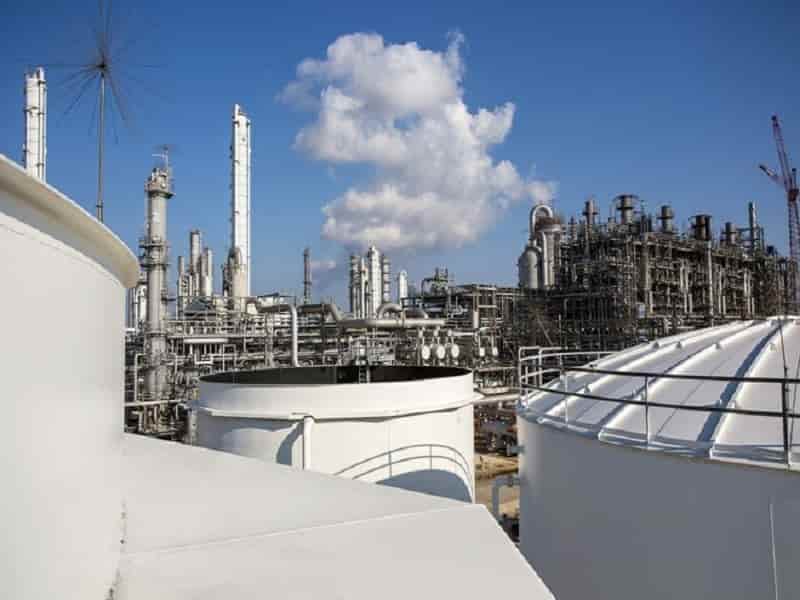
-Nuclear fusion startup test fires plastic waste-powered rocket
A UK company with lofty aspirations around sustainable space travel has test-fired a rocket engine powered in part by plastic waste. Pulsar Fusion’s hybrid rocket engine is part of an ambitious journey that also involves the development of nuclear fusion technology for high-speed propulsion, which could cut travel times to Mars in half.
The idea of incorporating recycled plastic waste into hybrid rocket fuels is something we have seen explored before. Virgin Galactic flirted with the idea back in 2014 through the use of a rocket powered by a fuel based on a class of thermoset plastics, though this was swiftly abandoned after a failed test flight. Scottish company Skyrora is another outfit working on such a technology, having successfully tested out its Ecosene fuel made from converted plastic waste.
Pulsar Fusion is throwing its hat in the ring with a “green” rocket that uses a hybrid fuel consisting of high density polyethylene (HDPE) and nitrous oxide oxidizer, which is fed into the combustion chamber under regulated pressure through a control valve. HDPE is used in a range of plastic products including bottles, piping and cutting boards, enabling plenty of opportunities to source and recycle this key ingredient of the fuel.
At the UK’s Ministry of Defence military base in Salisbury last week, Pulsar Fusion completed the first static tests of its hybrid rocket engine. According to the company, this generated the type of supersonic shock diamonds you’d see in a high temperature, high mass flow rate rocket exhaust, and resulted in dramatic, fiery plume. It plans to follow this up with a demonstration for potential clients this week.
“We are delighted with the UK test firings at COTEC. It is a hugely significant moment and we are proud this rocket is built in the UK,” says Pulsar Fusion CEO Richard Dinan. “To have a British rocket test on UK soil is novel. Pulsar is among a very few companies around the world to have built and tested these technologies. We have a team of fantastic scientists with a wealth of experience to thank for these milestones.”
Chemical Recycling Sustainability BOPE Film Bioplastics Plastic Waste Pyrolysis Nitric Acid Pigment
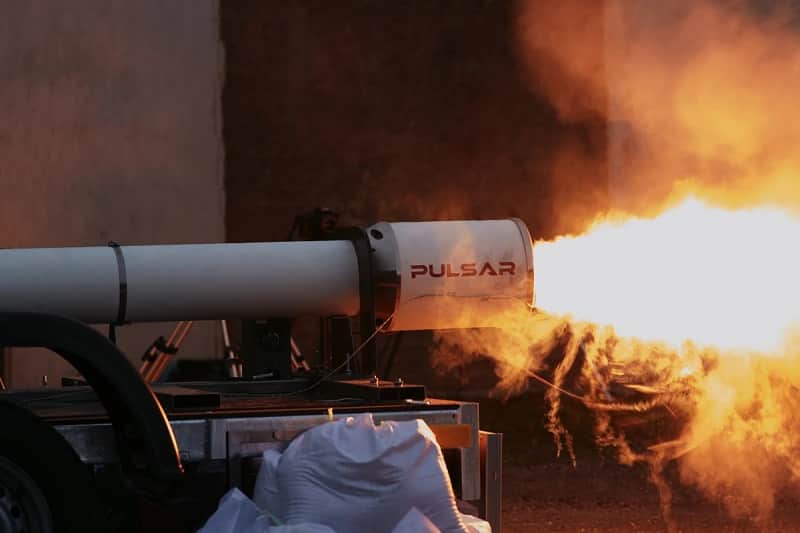
- Nitrous oxide (N2O), a by-product of nitric acid production, is around 300 times more harmful to the climate than CO2
- Up to 95% of N2O can be effectively removed using Clariant’s EnviCat® N2O-S catalyst
- By offering the catalyst for free to 10 producers worldwide, Clariant aims to help avoid greenhouse gas emissions equivalent to several million tons of CO2
Clariant, a focused, sustainable and innovative specialty chemical company, today launched a major global campaign to reduce the climate change impact of nitrous oxide (N2O). Drawing on decades of catalyst research expertise, the company has developed the EnviCat N2O-S catalyst, which is proven to remove up to 95% of N2O generated as a by-product of nitric acid production*[1]. Clariant is now offering a free fill of EnviCat N2O-S to 10 nitric acid producers who do not have N2O off-gas treatment in place. Through the campaign, the company intends to help avoid greenhouse gas emissions equivalent to several million tons of CO2 every year.
Of the approximately 500 nitric acid plants operating globally, more than half run without N2O abatement, mostly in regions without applicable emission control regulations*[2]. Clariant now aims to tip the balance towards more sustainable production processes. The company is offering a free first fill of EnviCat N2O-S catalyst to up to 10 nitric acid producers who currently do not use an N2O abatement catalyst.
Hans Bohnen, Chief Operating Officer at Clariant, commented, “Sustainability is no longer an afterthought of business; it is central to what we do and requires action now. That’s why we announced new ambitious science-based climate targets for Clariant. But as a specialty chemicals company we can do more: I am therefore particularly proud to announce that we have committed a substantial investment to help nitric acid producers worldwide virtually eliminate their N2O off-gas emissions. This benefits the climate, while also helping the nitric acid manufacturers to minimize their carbon footprint and progress on their sustainability journey.”
Chemical Recycling Sustainability BOPE Film Bioplastics Plastic Waste Pyrolysis Nitric Acid Pigment
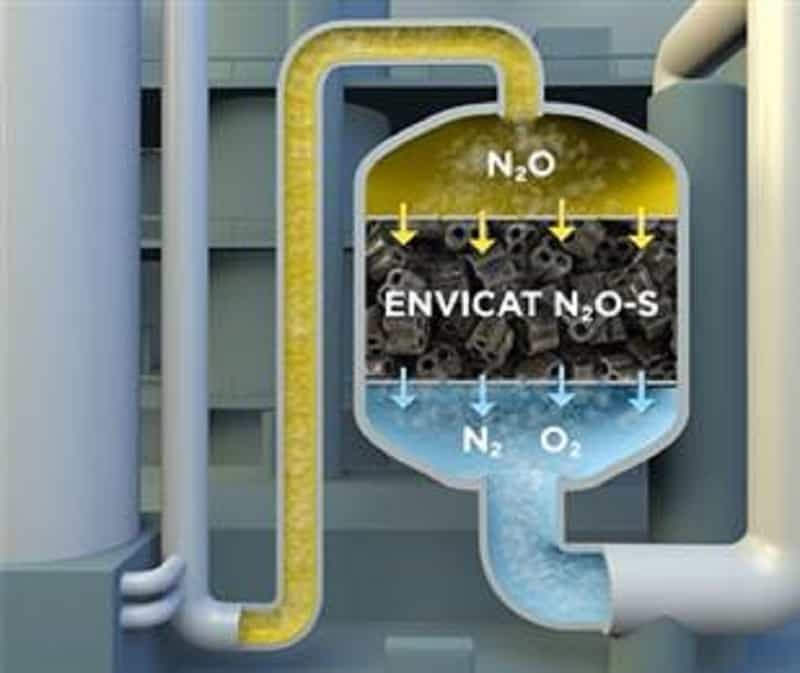
-Meghmani Organics planning to build new pigment facility
Meghmani Organics has announced that it will enter into a new variant of White Pigment Titanium Dioxide (TiO2). The company is about to set up a 33,000 metric tons production facility at Dahej, the chemical hub of Gujarat.
Titanium Dioxide has application as a bright white pigment in various industries including Paint, Coating, Plastic, Ink and Dyes.
The project is expected to be commissioned by Q1 FY24. According to the company, India’s annual demand for TiO2 is pegged at 2,50,000 MTPA growing at 4.2% CAGR. India imports 80% of the TiO2 demand. India’s Titanium TiO2 production capacity stands at 81,000 MTPA. Chemical Recycling Sustainability BOPE Film Bioplastics Plastic Waste Pyrolysis Nitric Acid Pigment
“Sustainable growth”
Commenting on Meghmani Organics entry into TiO2, Ankit Patel, Chief Executive Officer, Meghmani Organics said, “The Company has strengthened its value added proposition of its Pigments Division with its entry into White Pigment TiO2. Meghmani Organics foray into TiO2 is in line with the Company’s endeavour of creating sustainable growth in Pigment Division beyond Phthalocyanine Pigment Blue and Green.”
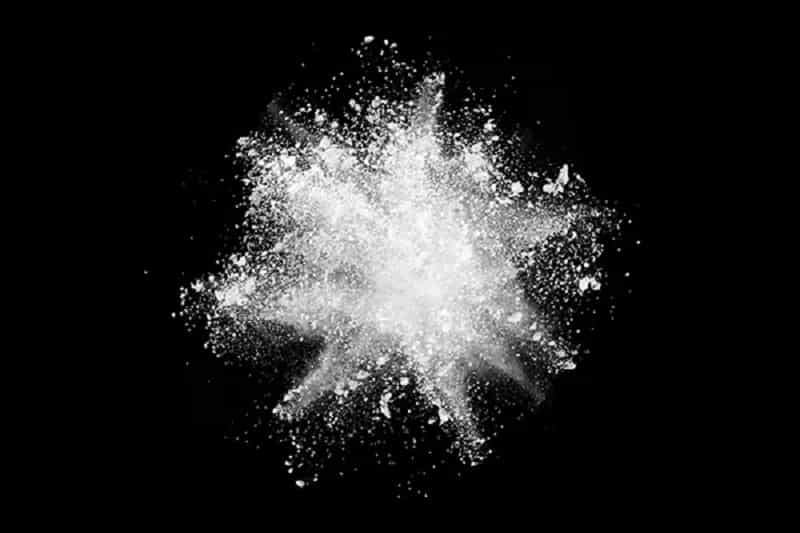
-Shell to build pyrolysis oil unit in Singapore to convert plastic waste to chemicals
Royal Dutch Shell plans to build a pyrolysis oil upgrader to turn plastic waste into chemical feedstock at its petrochemical complex in Singapore, part of its shift from oil and gas to renewables and low-carbon energy, said Hydrocarbonprocessing.
The company is also considering building a CCS regional hub and a 550,000 tpy biofuels plant at its 60-year-old Pulau Bukom manufacturing site, one of five remaining energy and chemical parks owned by Shell globally. The projects form part of Shell Singapore’s plans to cut emissions from its own operations by half by 2030, from 2016 levels on a net basis, Shell Downstream Director Huibert Vigeveno said.
“This year, we have already halved our crude processing capacity, which is in line with Shell’s global targets to reduce emissions,” he said at a ceremony to break ground for the pyrolysis oil upgrader project. Energy companies are facing increasing pressure from investors, activists and governments to shift away from fossil fuels and rapidly ramp up investment in renewables.
Shell has pledged to halve emissions from its global operations by 2030, as well as reduce its net carbon footprint by 45% by 2035. The Singapore pyrolysis oil upgrader will produce 50,000 tpy of treated pyrolysis oil in 2023, the company said. The unit is Shell’s first globally. It did not give an investment figure for the Singapore project.
Pyrolysis melts plastic waste into products such as pyrolysis oil, which can be upgraded as raw material for plastics and chemicals, although the process isn’t commercially proven and consumes a lot of energy. Shell also plans to build two chemical conversion units in Asia to convert waste plastics into pyrolysis oil for the Shell Energy and Chemical Park Singapore at Bukom and Jurong Island, similar to units in the Netherlands with joint venture partner BlueAlp which will be operational in 2023.
Other projects being planned in Singapore include a CCS hub to reduce emissions. To meet Shell’s global ambition to make around 2 MM tons of sustainable aviation fuel a year by 2025, the company is looking at investing in a facility to produce 550,000 tons of biofuels a year from waste and vegetable oils, Vigeveno said. Shell has previously announced it will trial the use of hydrogen fuel cells for ships in Singapore and is exploring developing a solar farm in a landfill near Bukom.
As per MRC, Royal Dutch Shell, the world’s petrochemical major, has restarted its cracker in Pulau Bukom, Singapore after resolving technical issue. Thus, this cracker with an annual output of 960,000 tons/year of ethylene and 550,000 tons/year of propylene came back on-line on 5 November, 2021. It was shut on 1 November, after a flare occurred at the plant. The company was earlier rumored to have reduced the ethylene and propylene allocations to its downstream buyers at the adjacent locations following the incident, however, with the prompt restart, the impact might be smaller than initially expected.
Ethylene and propylene are the main feedstocks for the production of polyethylene (PE) and polypropylene (PP), respectively.
Chemical Recycling Sustainability BOPE Film Bioplastics Plastic Waste Pyrolysis Nitric Acid Pigment
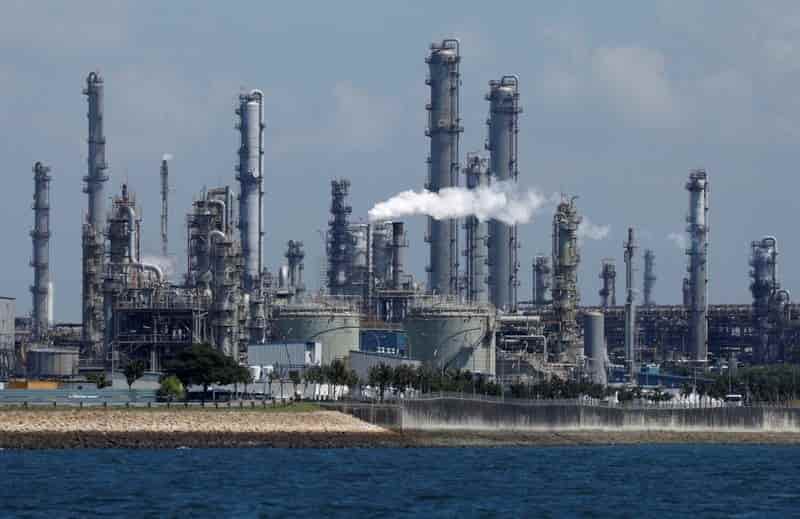
Chemical Recycling Sustainability BOPE Film Bioplastics Plastic Waste Pyrolysis Nitric Acid Pigment
Plastic Waste Recycling Sustainable Rubber BOPP Film Hydrogen PP 26-11-2021
